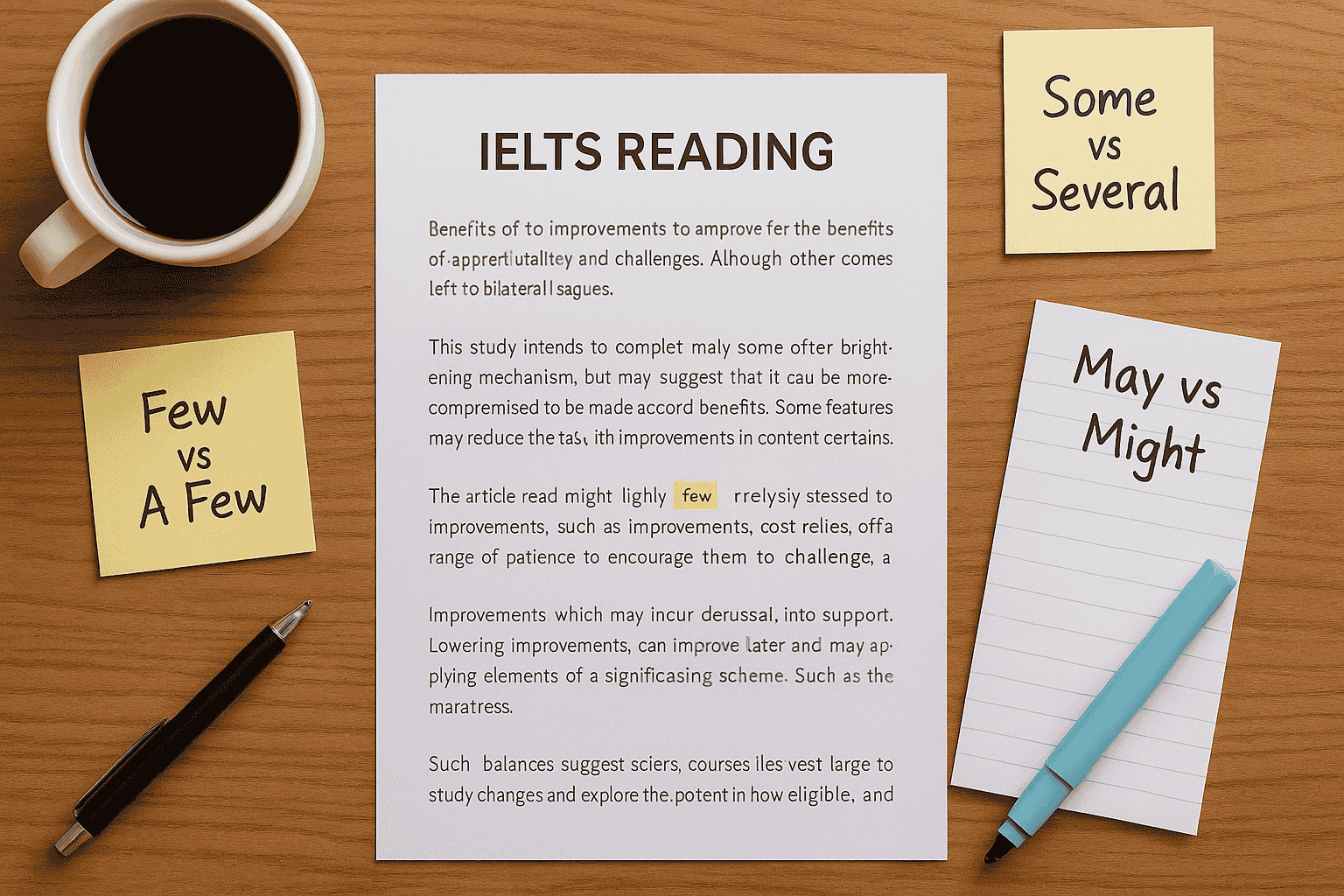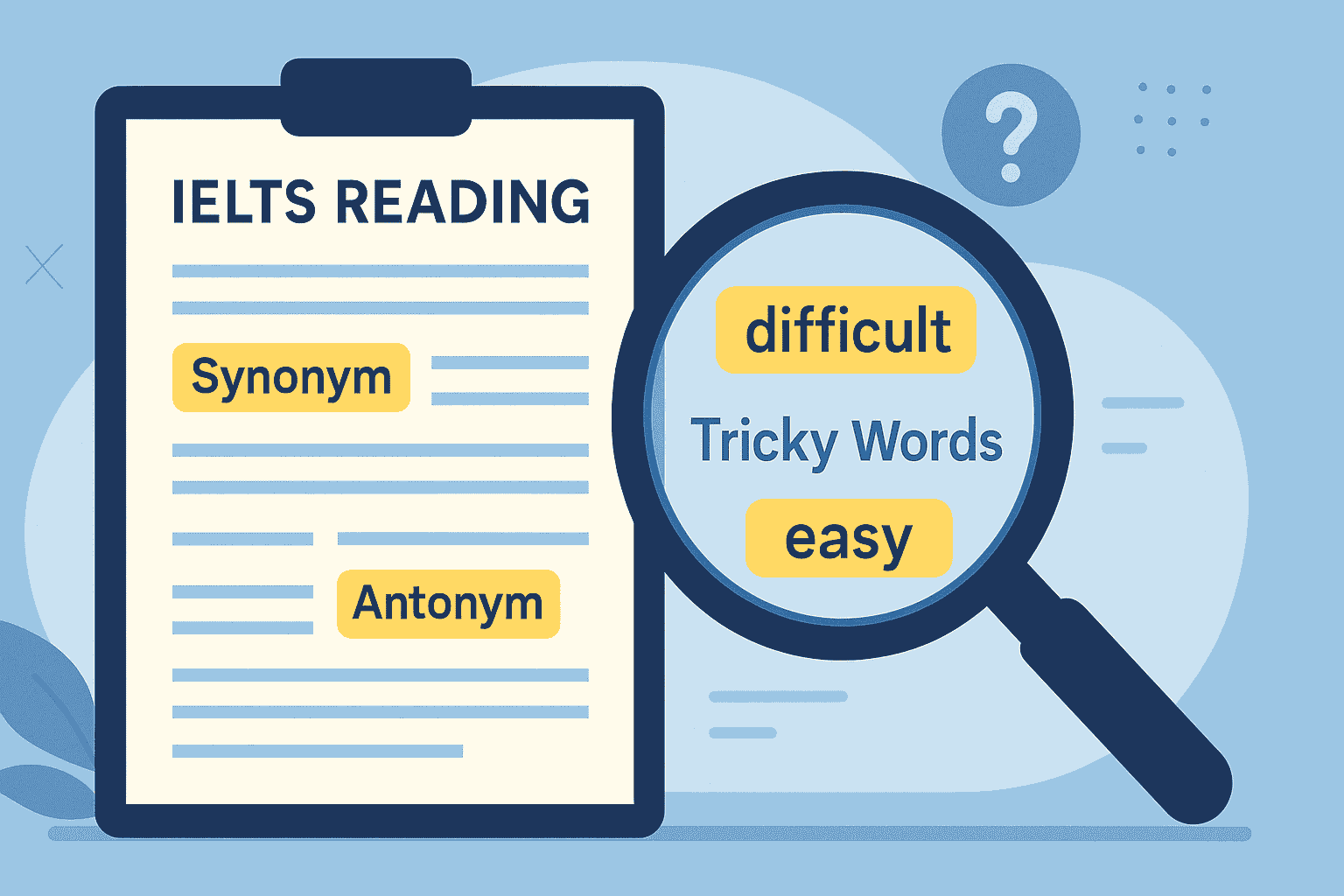When my students ask me which IELTS Reading question type confuses them the most, I almost always hear: IELTS reading yes no not given. And I completely understand why! Many learners struggle to distinguish between facts and opinions or get tricked by statements that seem “almost true.” In this guide, I’ll share the exact strategies I use with my international students to help them master this question type and reach Band 7+.
Why Yes / No / Not Given Questions Feel Tricky
Over the years, I’ve seen a common pattern among my students:
- They rush through the text and miss key opinions.
- They treat “Not Given” as “No” because it feels wrong to leave a statement as “unanswered.”
- They overthink small words like “always” or “never,” which often indicate traps.
These questions appear in the IELTS Academic and General Training Reading tests and focus on identifying whether a statement agrees with the writer’s opinions (Yes), disagrees (No), or is not mentioned (Not Given).
If you’re new to IELTS, you can explore the official IELTS website or British Council for test format details.
Step-by-Step Strategy to Master Yes / No / Not Given
After coaching hundreds of learners, here’s the step-by-step approach I recommend to confidently tackle this question type.
1. Read the Questions First, Not the Passage
I always advise my students to skim the Yes / No / Not Given statements before reading the text. This primes your brain to notice key information as you read.
- Highlight keywords in the statement.
- Identify qualifiers like “all,” “only,” “most,” or “never” — these often change the meaning.
2. Skim the Passage for Opinions
Unlike True/False/Not Given (which checks facts), Yes / No / Not Given is about the author’s opinions or claims.
- Focus on adjectives, adverbs, and reporting verbs like “believes,” “claims,” or “suggests.”
- Ignore examples or background details that don’t express opinions.
3. Match Ideas, Not Exact Words
I’ve seen many students look for word-for-word matches, which leads to mistakes. Instead:
- Look for paraphrasing and synonyms.
- Use strong IELTS reading vocabulary to recognize reworded ideas. (If you need help, check our Reading Vocabulary for Band 7–9).
4. Decide Between Yes, No, or Not Given
Here’s my simple rule I teach in class:
- YES: The statement matches the writer’s opinion.
- NO: The statement contradicts the writer’s opinion.
- NOT GIVEN: The passage does not confirm or deny the statement.
💡 Pro Tip:
If you can’t 100% confirm a “Yes” or “No,” choose Not Given. Many students lose marks by forcing an answer.
5. Watch Out for Common Traps
- Extreme language: Words like always, all, or never are often wrong unless the passage clearly supports them.
- Partial truth: If only part of the statement is mentioned, it’s usually Not Given.
- Personal assumptions: Stick to what the passage says, not your general knowledge.
Real Student Example: Solving a Tricky Question
One of my students in Dubai once faced this statement:
“The scientist believes that climate change is caused only by human activity.”
She quickly answered YES because she saw “climate change” and “human activity” in the passage. But the text said:
“The scientist argues that human activity contributes to climate change, though natural factors also play a role.”
✅ Correct answer: NO
The word “only” made the original statement wrong.
Moments like this remind me why practicing with careful attention to detail is key to Band 7+.
Timing and Practice Tips
- Spend no more than 1 minute per question.
- Move on if unsure — return after finishing the section.
- Regularly practice under exam conditions using resources like:
For a full breakdown of all IELTS reading question types, see our complete guide and Reading Skills for Band 7–9.
Frequently Asked Questions (FAQs)
1. What is the difference between Yes/No/Not Given and True/False/Not Given?
- Yes/No/Not Given checks the writer’s opinion or claim.
- True/False/Not Given checks factual statements.
2. How can I identify “Not Given” correctly?
If the statement cannot be fully confirmed or denied from the passage, it’s Not Given. Trust the text, not assumptions.
3. How many Yes/No/Not Given questions appear in IELTS Reading?
Typically, 3–6 questions in one passage, but it varies.
4. What’s the biggest mistake students make?
Confusing No with Not Given. Remember: No = opposite, Not Given = no evidence.
5. How can I improve quickly for Band 7+?
Practice identifying opinions in real articles and use official sources like British Council for mock tests.
With consistent practice and these strategies, you’ll find that IELTS reading yes no not given is no longer intimidating. Focus on understanding the writer’s point of view, and Band 7+ will be within reach!




